For those of us in compliance, corporate culture probably ranks as one of the least quantifiable business attributes to measure.
CEP Magazine
For those of us in compliance, corporate culture probably ranks as one of the least quantifiable business attributes to measure. However, the 2019 MIT Sloan Management Review/Glassdoor Culture 500 report, “Measuring Culture in Leading Companies,” described research by several financial economists who consistently found a correlation between positive corporate culture on the one hand and increased profitability and shareholder value on the other.
Culture is a reflection of how a company thinks about itself, how it wishes to be regarded in the marketplace, and how it characteristically tackles business challenges, so thinking about culture can help an organization establish a framework for achieving its business objectives. As a set of shared norms and core values, culture can also provide a useful point of reference for employees when they face difficult decisions about priorities and when they execute those decisions. Effective compliance begins with adherence to these values.


